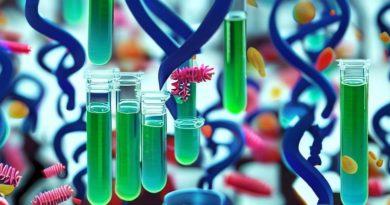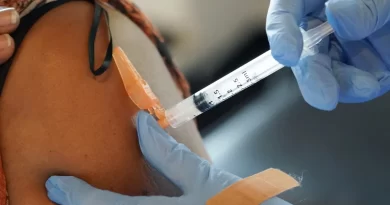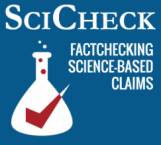Opinion | I’ll never forget the autopsy I performed on a baby
Her parents brought her to the emergency room at the earliest sign of severe illness. The on-duty pediatrician admitted her to the pediatric intensive care unit, meant for the sickest children.
There the baby lay still, refusing water. Her illness progressed so rapidly that the appropriate antibiotics could not mitigate her infection. Finally, in the subdued light of the graveyard shift, she sighed heavily, shuddered and died in the embrace of her mother’s anguish.
Pathologists are physicians who specialize in detective work. They are the experts in what disease looks like under the microscope. Traditionally, pathologists are subterranean dwellers, working in the concrete bunker of the hospital’s basement under insulated pipes that rumble with hot water. From those windowless rooms, they have the last word on what goes wrong inside a human body.
Pathologists proceed carefully, systematically and deliberately, often without showing the emotion churning inside. They make no assumptions or conclusions without evidence.
I reviewed the infant’s medical history. She was born healthy and weighed in at 16 pounds at her most recent doctor’s visit, putting her in the 95th percentile. She had started to sleep through the night. She would occasionally laugh for no apparent reason.
I carefully unwrapped her and lifted her cold body into the steel basket of the same hanging scale that grocers use to weigh potatoes. The needle barely moved. She weighed only 10 pounds.
I set her body onto the autopsy table, built with a hole to drain body fluids into a bucket at my feet. With scalpel in hand and my other hand on her abdomen, I paused. I had become inured to performing autopsies on adults, but this particular moment transported me beyond the surreal.
I pressed the blade into the belly — a cut that felt like a hideous criminal assault. I then carefully opened the abdominal cavity. There was no blood, but it was filled with pink-tinged fluid, known as transudate, which occurs when the organs are inflamed. Her pancreas was twice its normal size — red, angry, with large, blood-filled blisters, as if from a second-degree burn. I touched it lightly with the tip of my gloved index finger. The pancreas is normally soft to the touch. This one was rigid, like a ripe habanero pepper.
I found the cause of her desperate cries: pancreatitis.
The condition was caused by a bacterium known as Haemophilus, type B (HiB), once a common threat to children. The epidemic stopped abruptly after 1985, when two American physicians patented an immunization for HiB. By 1987, the HiB vaccine was approved for use in all age groups. Cases of Haemophilus infection in children in the United States dropped precipitously in just a few years from more than 20,000 cases before the vaccine to just 29 cases in 2006. Deaths now occur almost exclusively among unvaccinated children.
In 1998, the highly respected British medical journal the Lancet published a study suggesting an association between immunizations and autism. The author did not show immunizations cause autism. He merely pointed out that, in 12 cases of autism, all 12 autistic patients also received vaccines against measles. Incidentally, so did a hundred million other kids who had not become autistic.
The Lancet later admitted that the paper’s authors failed to disclose financial interests. The lead author was publicly discredited. The Royal Academy of Surgeons rescinded his license to practice medicine. The Lancet withdrew the article from publication.
But the damage was done. The loving parents of the baby on my table, well-educated and well-meaning, had chosen not to immunize her. Had they succumbed to the Internet hype that immunizations cause autism? Had they ever heard of Haemophilus?
Many parents are too young to remember when young children died from measles, polio, smallpox, strep throat and influenza. They don’t remember when there was nothing that anyone could do about it except sit and watch. When the polio vaccine first appeared, mothers dragged their children to the public health clinic and stood in lines around the block to get them immunized. Before the measles, mumps and rubella vaccine, pregnant women infected with rubella would invariably deliver horribly disabled and disfigured babies. Many children still die from measles; they are almost exclusively unvaccinated.
I’ve been thinking a lot lately about the baby I examined as I hear that childhood vaccinations have dropped substantially because of anti-vaccine sentiments. I think about how I sutured her body back together and swaddled her into the fetal position.
I fervently hope pathologists won’t have to do the same for other unvaccinated babies.
This article has been archived for your research. The original version from The Washington Post can be found here.


